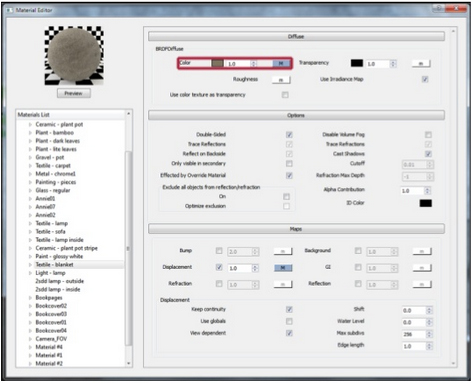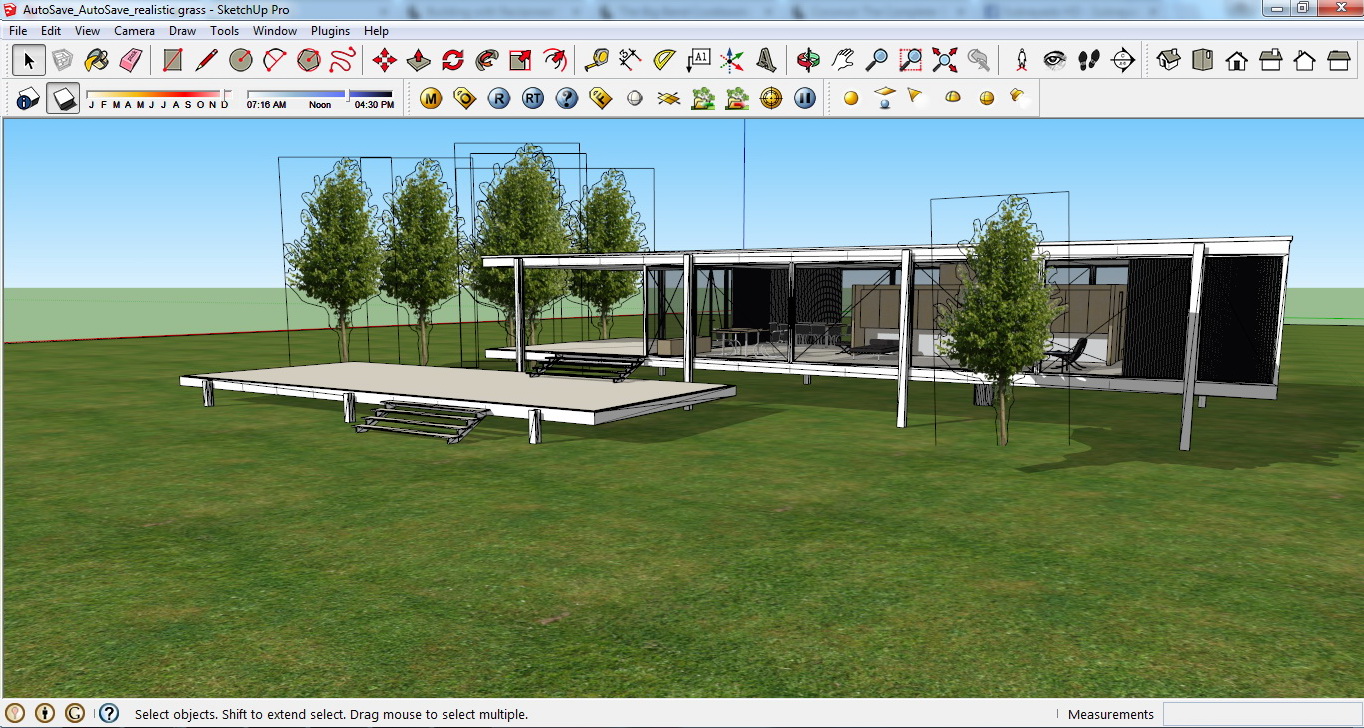

“Arch” and “Leaf” are appropriate for other kinds of vegetation. “Linear” seems to work well for hair and grass. Type lets you pick a ready-made shape to use as a single, repeated element. Like I said, I don’t know exactly what everything does, but here’s some of what I’ve figured out so far: I’ve just been experimenting to see what I get the script is quick enough for plenty of trial-and-error.Īfter it’s installed, choose Plugins > fur_en > fur_en(WebDialog) from SketchUp’s menu bar to bring up the Fur Maker control panel.

I know what some of its controls do, but others baffle me. As such, there’s always a chance it’ll exhibit erratic behavior. Fur Maker is a young script, meaning it’s only been around for a very short time.Take a look at our Ruby Scripts page for more info if you need it. txt file instead (as of today, kind volunteers have provided translations for Japanese, Spanish, French and Persian).

If you’d prefer another language, download the relevant.
#Make fur plugin sketchup install
#Make fur plugin sketchup for free
Fur Maker is available for download for free from this thread on SketchUcation.But in a good way.įirst, the requisite disclaimers and instructional bullets: After a few seconds, your model looks like it just drank a testosterone milkshake. You make a selection, activate Fur Maker, adjust the settings, and click Make Fur. Quite simply, it allows you to “grow” fur (or fur-like things like grass) on your model faces. Tak2hata released Fur Maker into the world less than a month ago, but it’s already made quite a splash with the SketchUp faithful people are having tons of fun with it.


 0 kommentar(er)
0 kommentar(er)
